SKETCHES
Haiku and the Like
by
Ciaran Murray
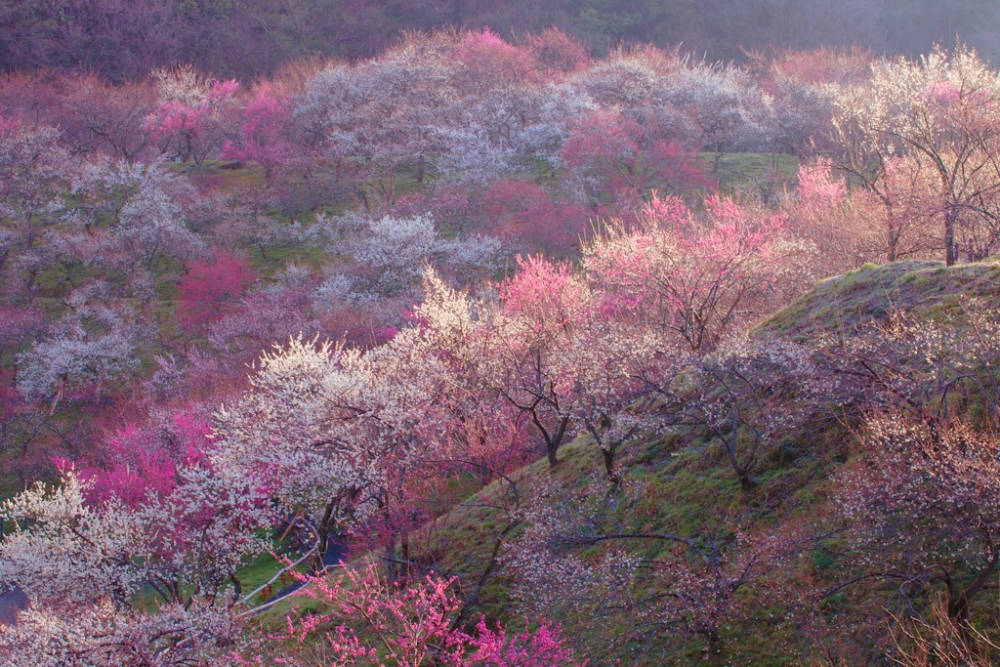
Fumiko Daido: Plums at UraTakao
for Fumi
between shadow
and shadow
a pathway of light
Varanasi Vrindavan Varied Vignettes

Varanasi (Tim Graham / Alamy)
sweeper aims duststorm
at tourguide’s fancy suit:
caste resentment of centuries
play of appearances
casts dust
in our eyes
as if not seeing
the venal priesthood
the pilgrims are radiant
woman on winding stair
showers pilgrims below her with rosepetals
seeing only Krishna
children play cricket
amid the broken headstones
of the English cemetery
all history
and literature:
the lingam in the yoni
when the flame-robed priest
of Shiva chants
I am present at the dawn of the world
Vision Volume Void
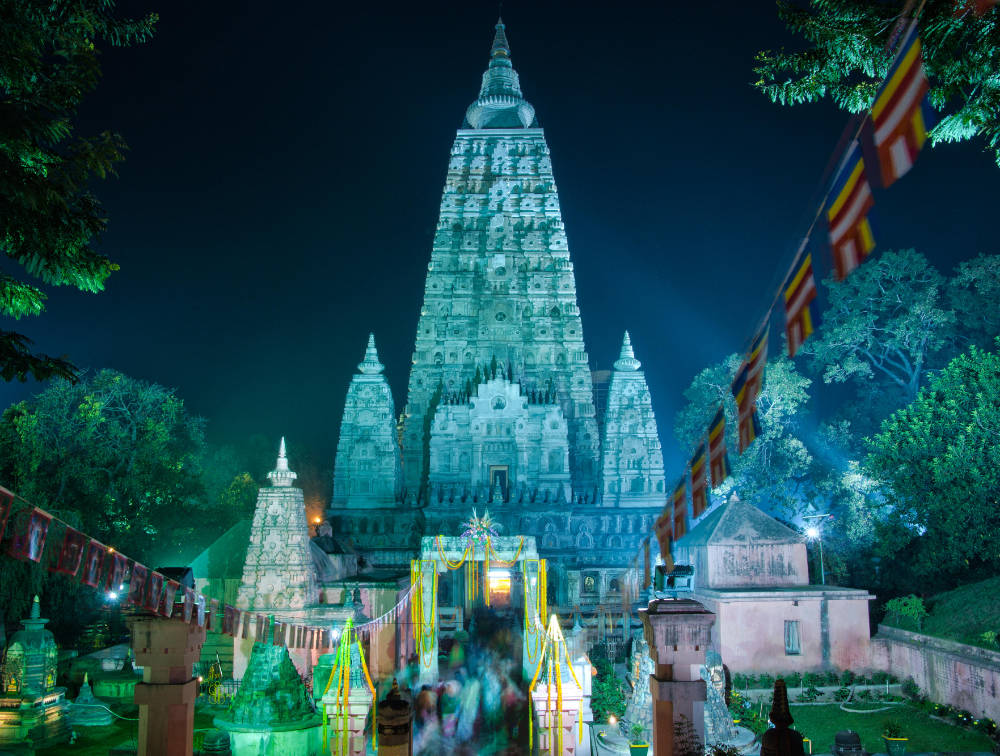
Bodh Gayā (Gwen Graser / Alamy)
Takao
butterflies?
– shimmering spaces
in the leaves at dawn
horses coursing
across my blind:
bamboos in the breeze
woodland shade:
annihilating all that’s made
to verde que te quiero verde
the millwheel
sings unceasingly
its ballad of vanished love
in the Shingon temple
the drum beats hollow:
shiki fu i kū
Kyoto
leaves on fire at Ōhara:
stubbled ricefields
in pallid sunlight
maples act out seasons
to bamboo backdrop:
Kōtōin
Ryōanji:
echo
of the unsaid
Bodh Gayā
circumambulating: hūm
ōm manipadme hūm
ōm manipadme
notes
Takao (高尾): sacred mountain on the outskirts of Tokyo.
verde: ‘Annihilating all that’s made / To a green thought in a green shade’ (Andrew Marvell, ‘The Garden’); ‘green how I long for you green’ (Federico García Lorca, ‘Romance Sonámbulo’, ‘Sleepwalking Ballad’, tr. present author).
millwheel: ‘In einem kühle Grunde /Da geht ein Mühlerad, / Mein‘ Liebste ist verschwunden, / Die dort gewohnt hat‘: ‘In a cool valley a millwheel turns; my lover who lived there has left’ (Joseph von Eichendorff, ‘Das zerbrochene Ringlein’, ‘The Broken Ring', tr. Leonard Forster & present author).
Shingon: Esoteric Buddhist; shiki fu i kū 色不異空, ‘volume and void are one and the same’ (Hannya Shingyō 般若心経, Heart Sutra, tr. present author).
Ōhara: village outside Kyoto famed for autumn foliage.
Kōtōin (高桐院): subtemple of Daitōkuji, Kyoto. Under another aspect: ‘The sense of “barbaric” as unregenerate nature, in contrast to the ordering of art, may...be found in’ Wallace Stevens’ “Anecdote of the Jar”’: ‘As a stone lantern will impose form on a scattering of maples in the bare yard of a Kyoto temple’ (Ports of Call: Castle Hill to the Circuit of Krishna).
Ryōanji (龍安寺): Borges, ‘in front of that rhythmic arrangement of gravel and rock...of which some aspect always seems hidden, recalled the night in Buenos Aires “when the sight of a particular moonlit street had induced a preternatural sense that time was an illusion”’ (Voyagings).
Bodh Gayā: site of the Buddha’s enlightenment.
ōm...: ‘Praise to the jewel (in the) lotus, hail!’.
Vista Vortex
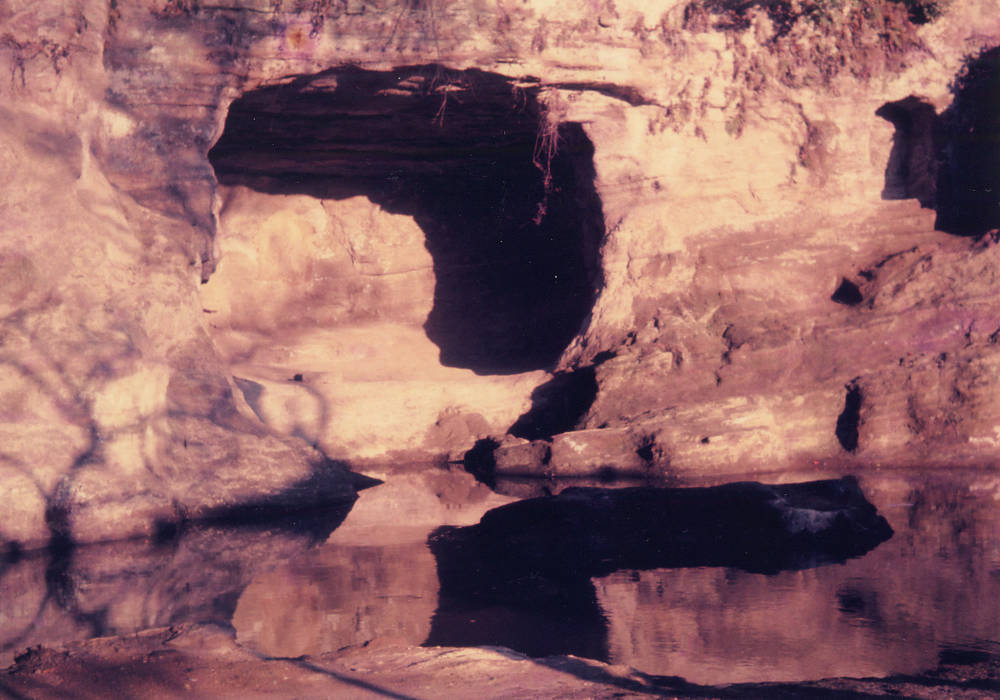
Zuisenji
Kamakura
cave shadow darkens
pool surface: interplay of
void and illusion
Kōyasan
mountain stream falls
off the edge
of the infinite
above the hilltop temple
the sun
illimitable
hemmed in by painted
screens of the seasons
the doomed man steps out of time
four of the five golden Buddhas
amplify the glow
of the central and only one
vanished, vanished
utterly vanished
untraceable, lost in light
notes
Zuisenji: Musō Soseki (夢窓 疎石) was associated with Zuisenji (瑞泉寺) at Kamakura, as well as Tenryūji (天龍寺) and Saihōji (西芳寺) at Kyoto, and their gardens have sometimes been attributed to him. However, Yoko Kawaguchi observes: ‘That he had a love of gardens is attested by his contemporaries..., yet few facts are known about his gardening activities’ (Japanese Zen Gardens)
mountain: Kōyasan (高野山), centre of Esoteric Buddhism (Ports of Call: Dinn Ree to New Delhi).
temple: Fukuchi-in (福智院), residential temple noted for its modernist gardens by Mirei Shigemori (重森三玲)
screens: The dictator Hideyoshi’s designated heir received a sentence of ritual suicide, implemented in a room which is still shown at Kongōbuji (金剛峯寺). This temple too has a notable garden by Shigemori, the Banryūtei (蟠龍庭), its rocks suggesting dragons emerging from the clouds of the sand
Buddhas: in the Great Stupa (大塔)
vanished: The Heart or Prajñāpāramitā-hrdaya Sūtra culminates in the mantra gate gate pāragate pārasaṃgate bodhi svāhā (गते गते पारगते पारसंगते बोधि स्वाहा); in Sino-Japanese gyatei gyatei haragyatei harasōgyatei boji sowaka (羯諦羯諦波羅羯諦波羅僧羯諦菩提薩婆訶); rendered by Conze: ‘Gone, Gone, Gone beyond, Gone altogether beyond, O what an awakening, All Hail!’
Voyage
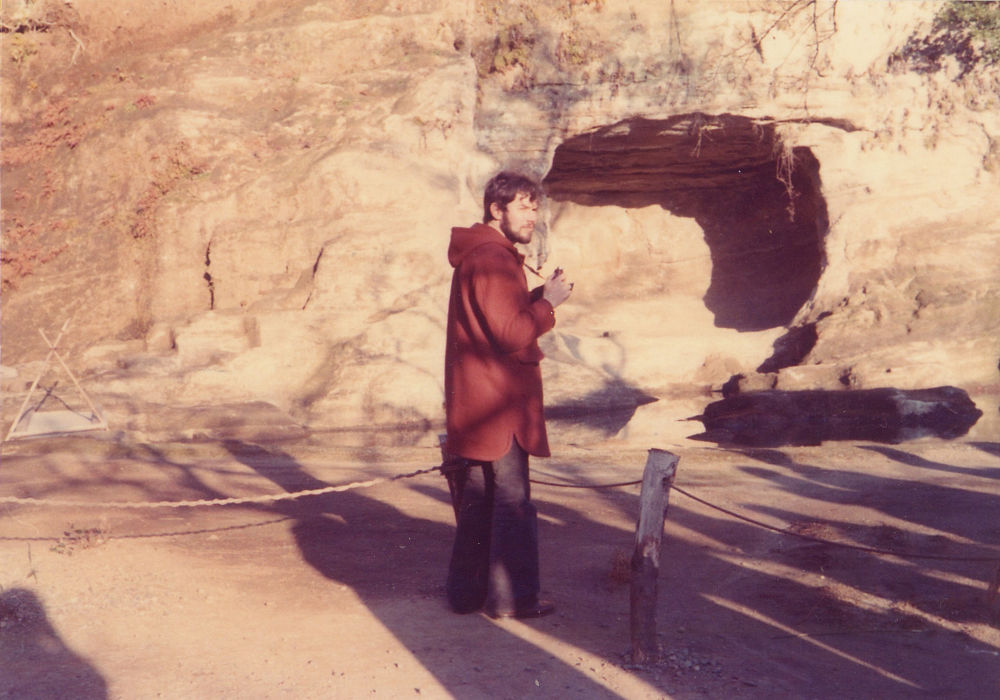
Zuisenji
Carlow
behind a gateway
known from childhood
an unsuspected courtyard
Dublin
‘why roam the world aimless?’
‘as in the old stories...?’
‘ah yes: to find lose yourself’
departure
the seeker plays
on a magic chessboard
the woman who is his soul
arrival
network
of flooded fields
in golden light
Daisen-in
the world has us
seeing double:
the worldtree is one
Zuihō-in
above the turbulent
winds and waters
the peak stands serene
Tōfukuji
chequerboard of forms
fading out into
unfathomed ravine
discarded pillarstones
transmuted to luminous
points of a constellation
Bodh Gayā
under the shade
of the Buddha’s release:
no more destinations
notes
Carlow: Sir William Temple, who was to write an historic account of the naturalistic Sino-Japanese garden, here translated Vergil on the joy of quiet in the countryside (Sharawadgi).
Dublin: Here Temple’s secretary, Jonathan Swift, enjoyed a close friendship with Joseph Addison: who a few years afterwards published an essay incorporating Temple’s account and advocating a similar naturalism for England (Sharawadgi).
seeker: Emma Jung & Marie-Louise von Franz, The Grail Legend.
Daisen-in (大仙院): temple in the Daitokuji (大徳寺) Zen compound of Kyoto, noted for its space of white gravel, rising in twin cones, between and behind which can be seen a tree associated with the Buddha (Kawaguchi).
Zuihō-in (瑞峯院): also in Daitokuji, its rocks and gravel shaped to a modernist rhythm by Mirei Shigemori (Kawaguchi)
Tōfukuji (東福寺): in one layout Shigemori arranged the squares of recycled paving slabs into a pattern that diminishes in density as it approaches the edge of a precipice, and in another the cylindrical blocks of foundation stones into the form of Ursa Major (Kawaguchi).
To the Realm of Osiris
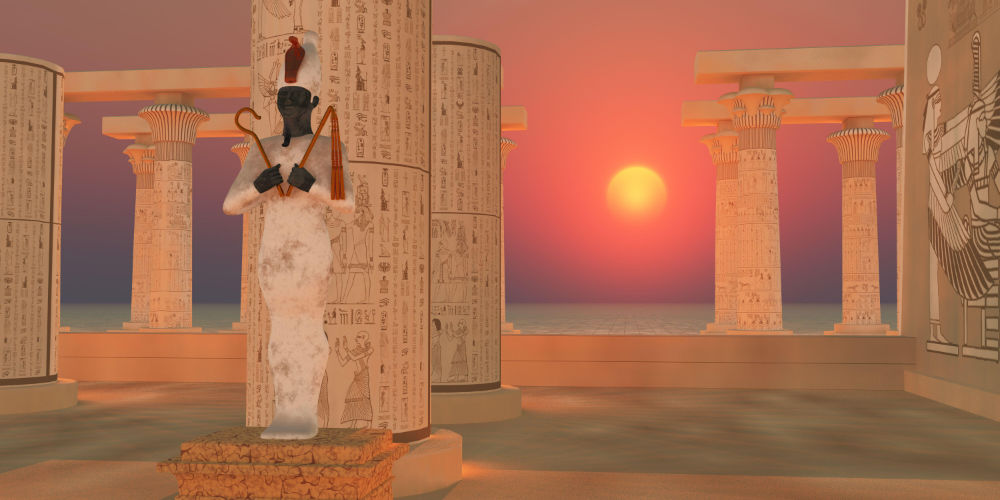
Osiris, lord of resurrection (Corey Ford / Alamy)
spearman of Artemision:
viewer rigid
bronze alive
Aegean polished
ebony in-
laid with sheets of gold
Cretan
folkdance
labyrinthine
shipmates
chugging to Africa
last there wi’ Monty an’ ol’ Rommel
Alexandrian vendors
unroll their carpets
as if each held Cleopatra
of Heliopolis little
remains
but the sun
sandbags of latest war:
tranquil
mask of Tutankhamun
all that is living
inside Great Pyramid:
sense of entombment
below the line of awareness sails
Osiris
sun in the night
Carlow Contrapositions
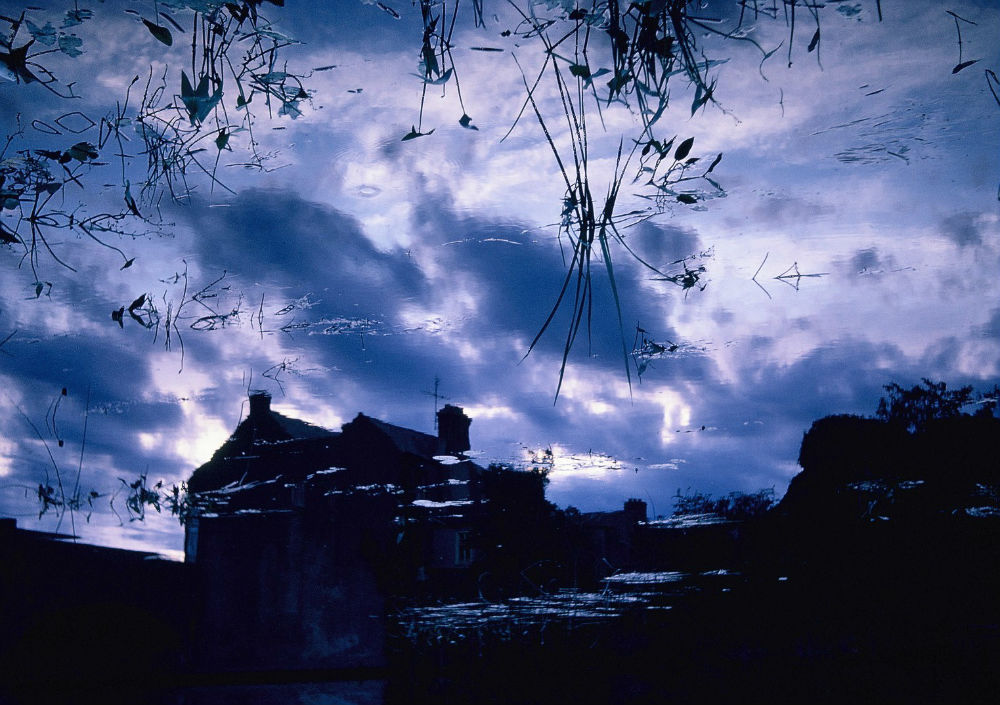
Carlow: reflections
white bogcotton quivers on
jetblack marsh:
haunt of Vergil’s muse
car lashed by gale:
swaying trees broken clouds
primeval
behind ceaseless downpour
light fluctuates:
doing and dream
thin film of water
makes street deep
as tall
dustmote in sunbeam
through skylight of storeroom
long since demolished
Glimpses
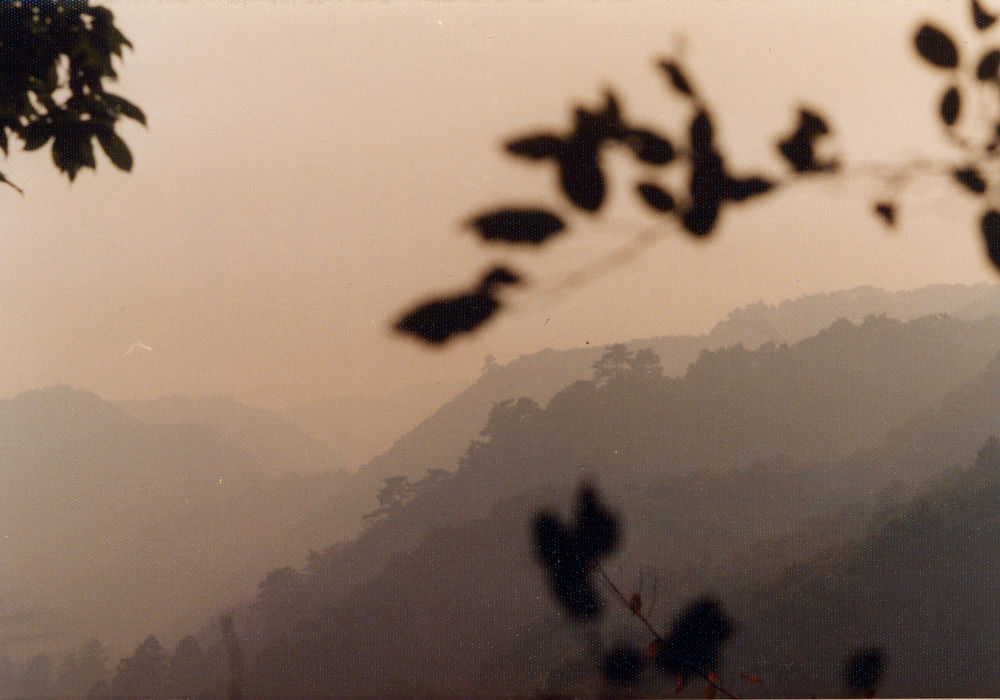
View from Mount Kompira, Takao
the shaman’s drum
gives voice
to the world-tree
some words
worth
a thousand pictures
mantra, dear Faust
both word
and deed
Eckhart’s void
a space
for indwelling
near-death episode:
light
that is also love
Wohin?
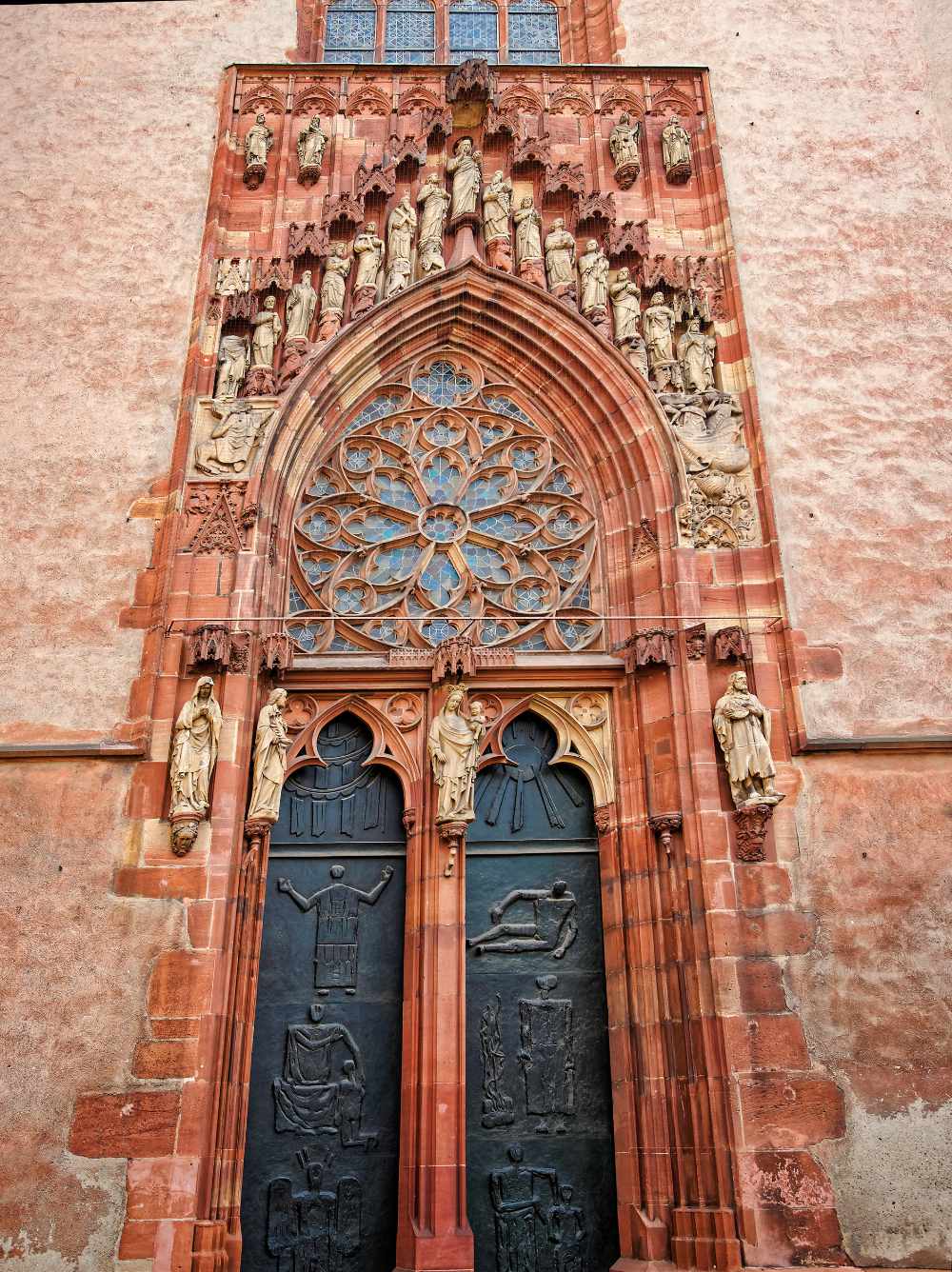
The cathedral at Frankfurt (Roman Babakin / Alamy)
Frankfurt
rose-red apse of
imperial cathedral
silent in moonlit snow
Hanover
snow shrouds
cherub on
fireblackened tombstone
Bremen
new glass vivid
in Liebfrauenkirche:
glory of Aus der Tiefe
Berlin
after the Wall
in the east unimaginable
volley of laughter
Düsseldorf
thinks himself free
till he goes past again:
schon längst...in diesem Hause
would long-estranged lover
wish to recall
what she whispered so urgently that night?
Mainz
gone into silence:
clatter of type
goodly company of printers
Bamberg
when he writes ‘self’ and ‘real’
Buddha dwells
in the punctuation
Vienna
Mozart plays from
blank page: emptiness
source of the manifest
Eve of Venus
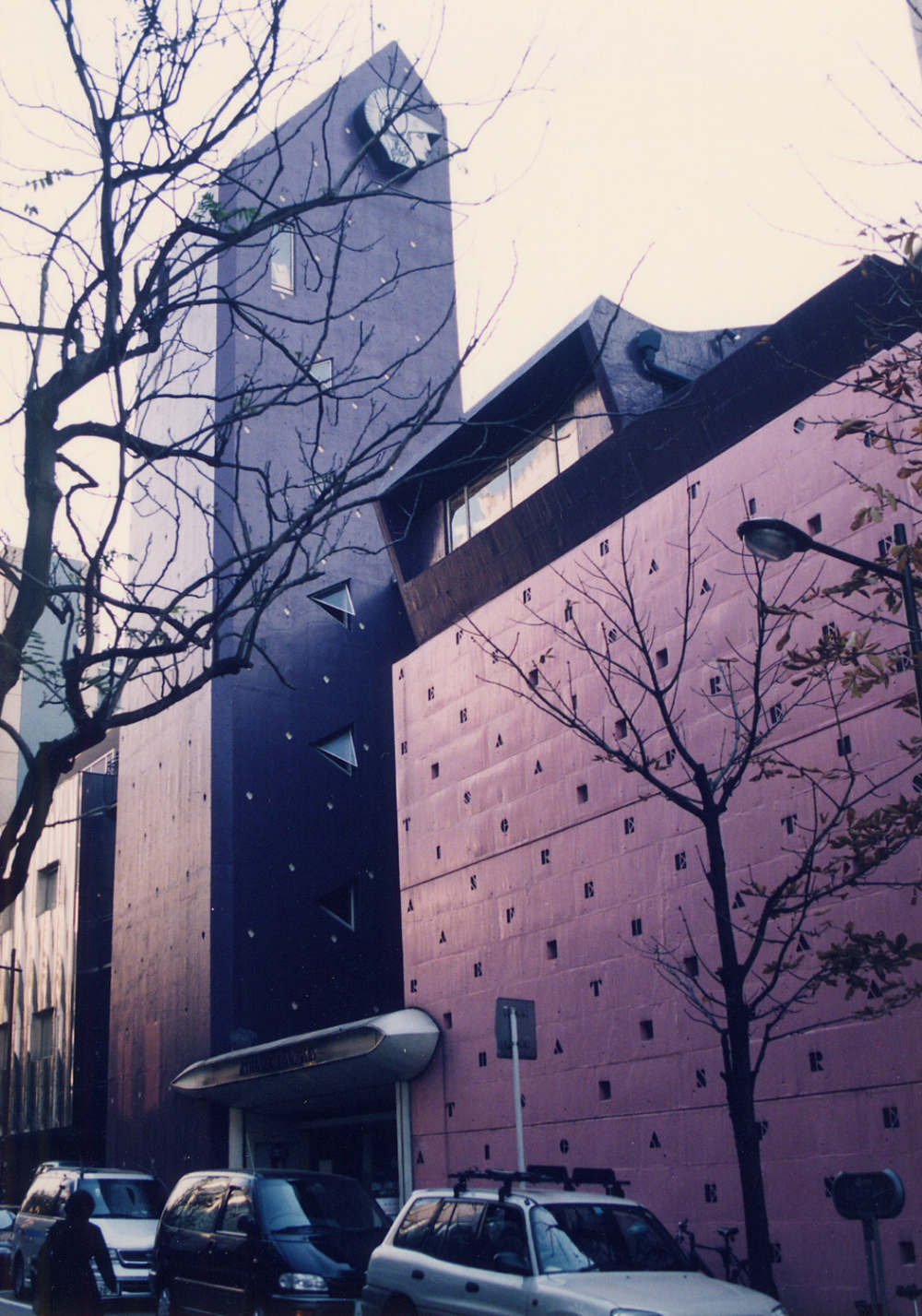
Athénée Français, Tokyo
gutta præceps orbe parvo sustinet casus suos
glistening globe of
falling raindrop
holds its form a moment more
sic Amyclas cum tacerent perdidit silentium
depth of
quiet
doomed a city
quando fiam uti chelidon ut tacere desinam?
when shall I
like the homing swallow
find my destined voice?
Athénée Français 1972
as I wonder
what to say to her
she crosses the room
Karma Rekindled
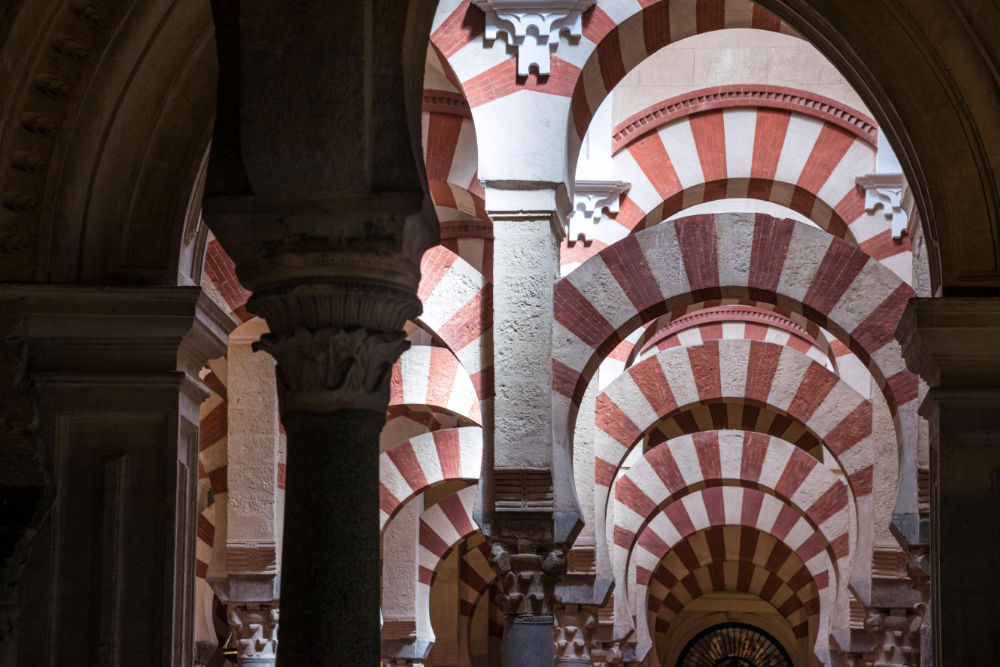
Great Mosque at Córdoba (Peter Eastland / Alamy)
Beijing
through coffeehouse window
cleaners’ ropes
coil and uncoil: karma
Suzhou
in the shadowed courtyard
she straddles her lover
rekindling its ancient life
Hangzhou
behind the green gate
carving Sino-Arabic:
journey’s end from Cordoba
envoi
sense of meaning
acquired on the road:
you’ve got to leave home without it
River of Light

Milky Way (Matt Gibson / Alamy)
s a e r t d
e s r a e but
Way
Milky
the
Island
Sado
over
high
s
r
a
o
s
あら海や佐渡に横たふ天の河 araumi ya sado ni yokotō ama no gawa (Bashō: R. H. Blyth, Haiku, 4 vol., Tokyo: Hokuseido, 1949-52, I, 52, 401).
Intimations of Avalon
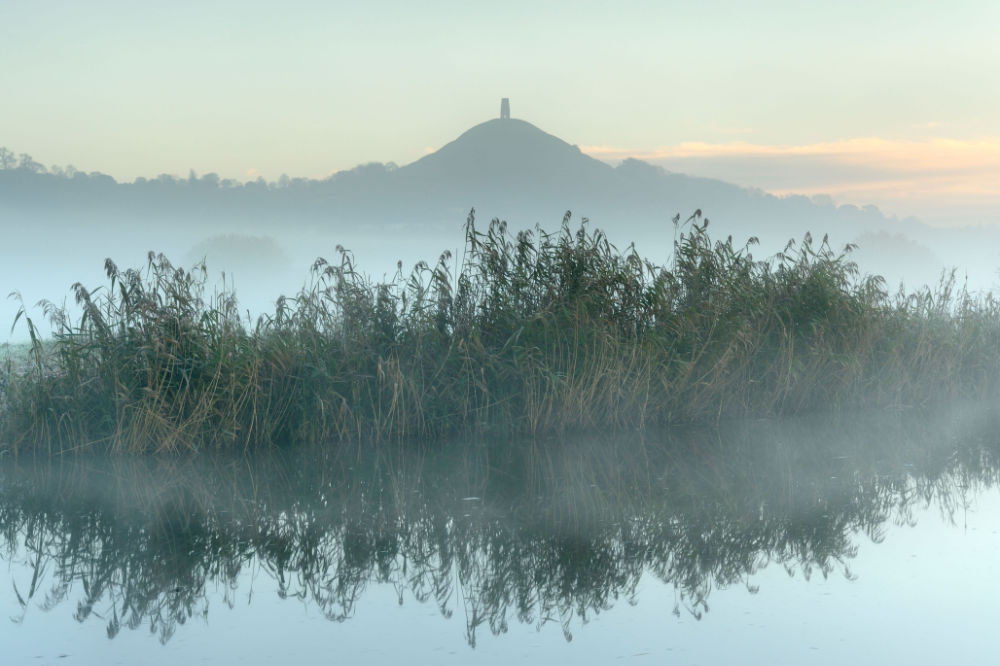
Glastonbury (Stephen Spraggon / Alamy)
Cosmos from Chaos
‘Held upright’, I have recalled, ‘between sheets of glass in a museum above the wooded gorges of Luxembourg is a coin that calls up, fresh and clear, what was already ancient history when Shakespeare alluded to it: “That day he overcame the Nervii”... What ensued on that day and the days that followed was, not a polar opposition between the classical and the Celtic societies, but centuries of creative interaction...’
In keeping with the Janus heads of Roman coins, the Celtic have figures with two heads or faces. And sometimes they have three: the latter expressing a persistent religious, mythological and iconographic motif. In the Celtic context, states Miranda Green, the number three transcended all other replications... ‘A three-faced image...is unreal and therefore supranatural’.
However, there are coin images which body forth a multiplicity and a mystery transcending even these. Writes Robert Van Arsdell: ‘A hidden face on an ancient British stater has eluded numismatists for two hundred years...and it took me only seven years of owning one of them to see it. Celtic artists liked to hide faces on their artwork. They had a fine appreciation for the surreal. They loved now-you-see-it-now-you-don’t images. The art tied in with their religion. Things are not what they seem’.
On one coin you will find, between two realistic profiles back to back, and combining the single eye of each, a third face, uncanny... These miniature icons, then, suggest an entire psychological world: below the surface text a subverting subtext; and, within and intertwined with and beyond both, the inexplicable. It is as if their only law was anomaly; and then, out of apparent chaos, comes a glimpse of the mystery of things.
lifetime search
until the hidden
face emerges
Chaos from Cosmos
Jung recorded the dream: ‘I understood that this was the castle of the Grail, and that this evening there would be a “celebration of the Grail” here. This information seemed to be of a secret character, for a German professor among us...knew nothing about it. I talked most animatedly with him, and was impressed by his learning and sparkling intelligence. Only one thing disturbed me: he spoke constantly about a dead past and lectured very learnedly on the relationship of the British to the French sources of the Grail story. Apparently he was not conscious of the meaning of the legend, nor of its living presentness... he behaved as though he were in a classroom, lecturing to his students... He did not see the stairs or the festive glow in the hall’.
the grail everlastingly
lost
to analysis
Nor Ever Wind Blows Loudly
‘A librarian’, relates Borges, of a figure who might be himself, ‘wearing dark glasses asked him: “what are you looking for?”. Hladik answered: “I am looking for God”...
‘He saw a map of India as in a daze. Suddenly sure of himself, he touched one of the tiniest letters. A ubiquitous voice said to him: “The time of your labour has been granted”...
‘The guns converged on Hladik, but the men who were to kill him stood motionless. The sergeant’s arm eternised an unfinished gesture. On a paving stone of the courtyard a bee cast an unchanging shadow. The wind had ceased, as in a picture.‘
secret miracle:
yoga
tract of the timeless
Mirror on Mirror
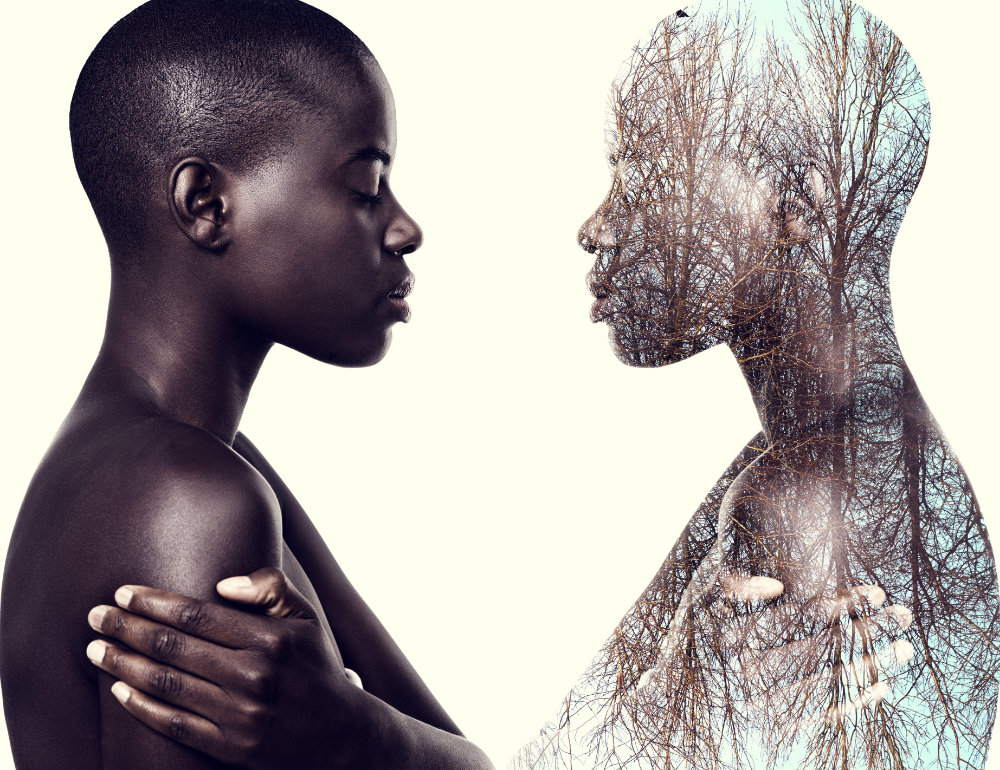
Seeing Double (Yuri Arcurs / Alamy)
glass echoing glass
she moves
both ways
Moon after Moon
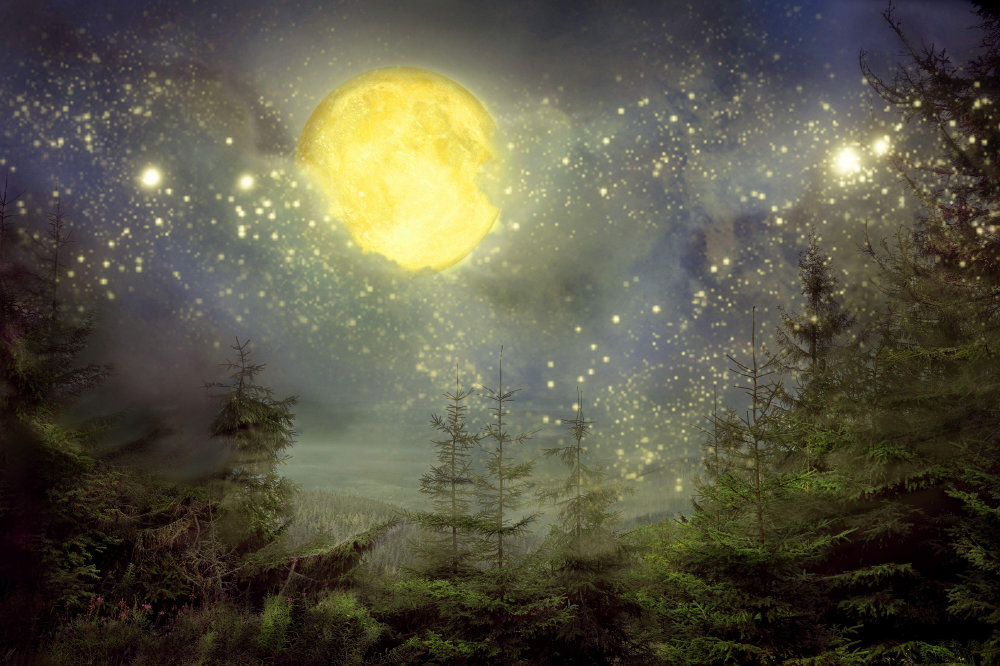
Full moon over forest (Olga Yastremska / Alamy)
windscreen under insistent buckshot of summer rain: map of the moon
moon blindingly
brilliant as if
snow had fallen there too
halfmoon a tilted boat: waves of cloud phosphorescent
